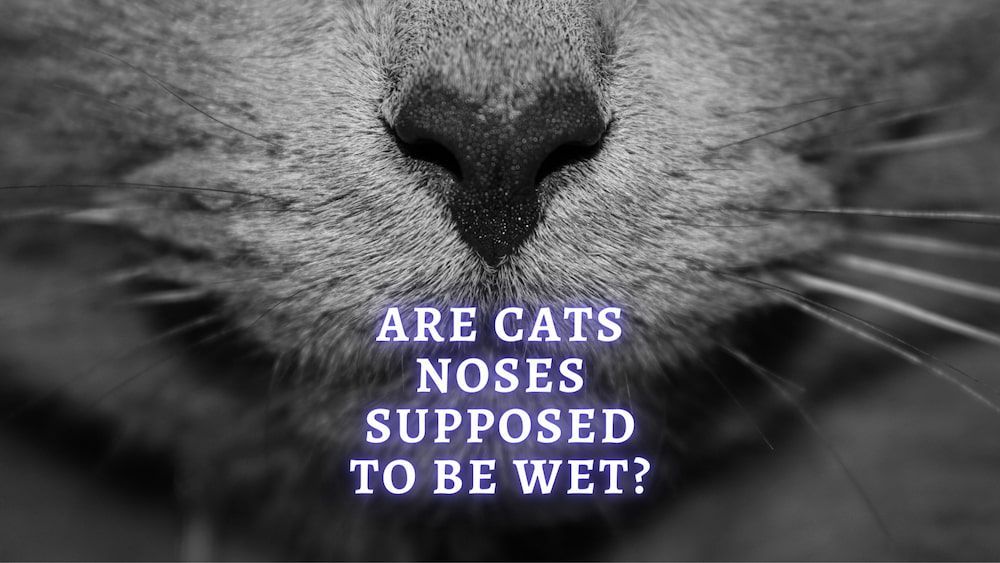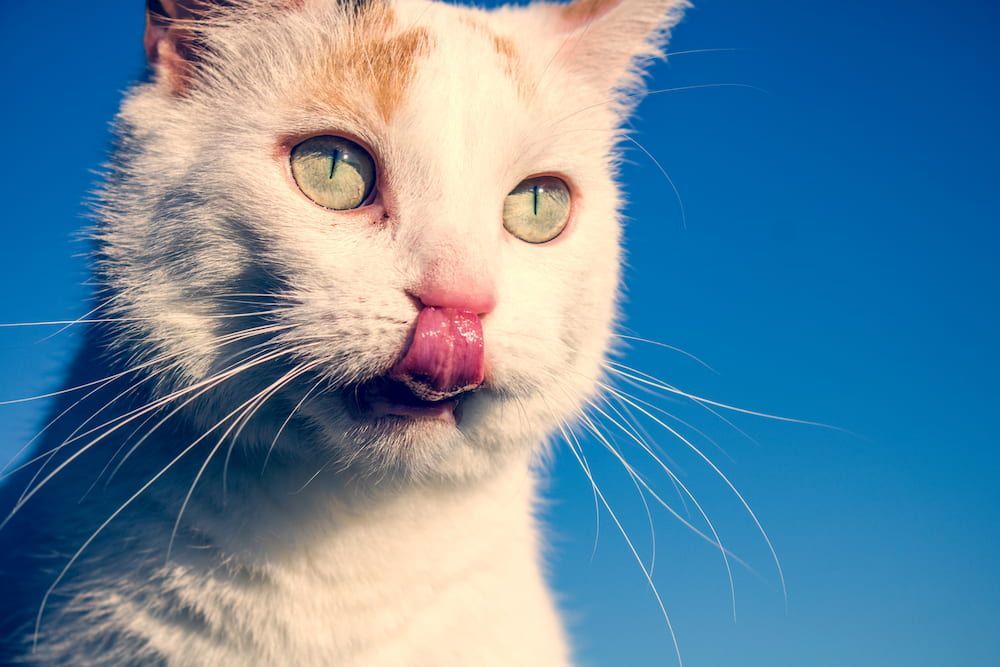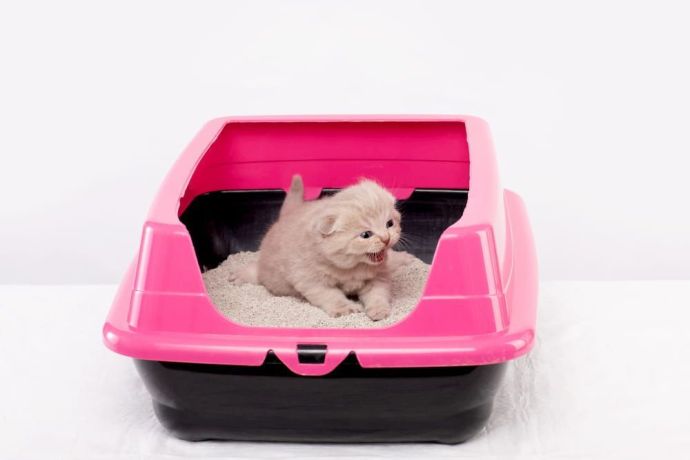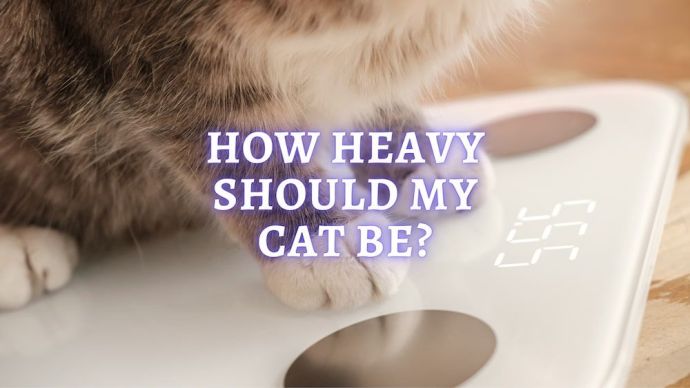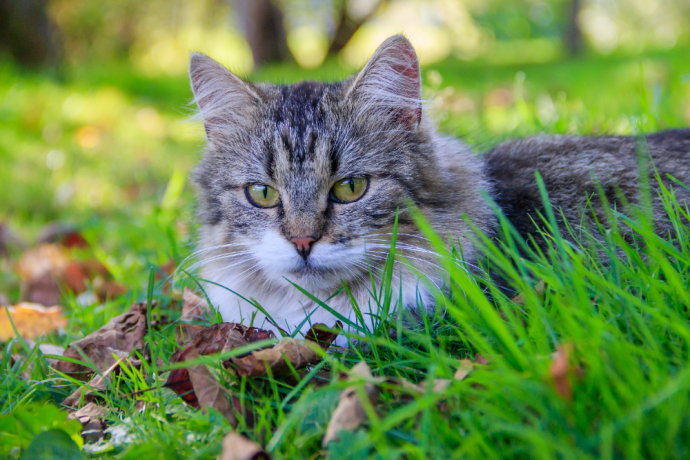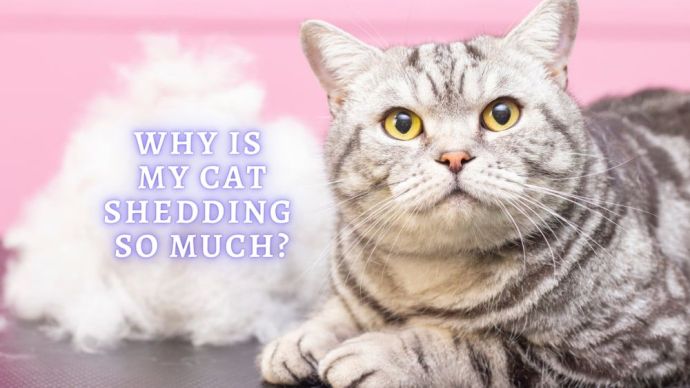Cat Wet Nose: Are Cats Noses Supposed to be Wet?
Written by:
Author: Marissa Prizio
Marissa Prizio attended the University of New Hampshire and earned a bachelor's degree in biomedical Animal Science. Marissa has always enjoyed writing; she was even mixing literature classes into her science major in college. During her writing career, she has edited eBooks, written for a variety of websites, and created audio-visual courses for sustainability.
View all 36 articlesLearn about our editorial process and veterinary review board.
Viewed: 121
Updated on: 12/28/2022
Why are they wet, and when should I worry?
Few things are better than kitty kisses. Those cute little noses are hard to ignore, so pet parents often worry about the state of their cat’s rhinarium. A wet nose is usually considered healthy, but this little body part is more complex than it looks. Understanding your cat’s nose is a great way to check in on their health, and you may even be surprised by their olfactory abilities.
Why are cats’ noses wet?
A pet’s rhinarium is often covered in a thin layer of moisture. Sweat keeps cats’ noses wet on the outside, as well as the occasional nose lick and a little bit of mucous. Whether your cat has a cold, wet rhinarium or a warm one, the wetness helps them pick up scents. Like most animals with wet noses, a pet nose is built to trap scent particles via moisture. Perfectly healthy felines have around 200 million receptors in their nose.[1] Even a healthy dry cat rhinarium is far more powerful than a human’s.
It is also perfectly normal for pets to build up sweat on their noses. Since most parts of their body do not have sweat glands, their noses act as a small cooling mechanism to help them regulate their body temperature in hot climates.[1]
Other Interesting Facts About Cat Noses
- A cat’s rhinarium may be small, but they are very mighty. Their cute little olfactory organ is a powerhouse intended to help them hunt, evade danger, and socialize with other pets. Here are some of the most interesting facts about the feline nose.[1]
- Cats do not have a ton of taste receptors compared to most humans, but their sense of smell compensates for this. You may notice that pets with a stuffy rhinarium lose their appetite or that most cats are attracted to smelly food; this is because their sense of smell strongly influences their appetite.
- Sometimes, our feline friends are better at smelling than dogs. A cat nose can have more scent receptors than a dog nose, especially in relation to breeds that were not refined for their sense of smell.
- A pet nose is the feline version of a fingerprint. All of those tiny dots and ridges are one of the little details that make your kitty one of a kind!
- Since a wet nose retains scents in the environment, it is thought that rhinarium licking is a way for cats to erase an old scent from their nose so they can pick up on something new.
- Cat’s noses come in a variety of colors, and pets with orange coloring tend to have freckling on their nose. The color of a cat’s rhinarium can change with age and emotion since an increase in blood flow makes pink noses appear brighter.
- Unlike humans, cats don’t have sweat glands across most of their bodies. The exceptions include their paws, their rhinarium, and a few other small areas.
- If you have ever seen pets curl their top lip as they breathe in a scent, then you have witnessed the flehmen response. This behavior engages scent-related organs in the pallet and is normal for your pet to smell more deeply. Even big cats, like tigers, have a flehmen response.
Why is my cat’s nose dry?
The state of a cat’s rhinarium can vary greatly depending on the individual and their environment. A wet or dry cat nose can be a healthy cat rhinarium, and not all cats constantly have wet noses. If their nose isn’t so dry that the skin looks damaged or painful, they can still be perfectly happy and healthy kitties.[1] [2] [3]
If you notice your cats have dry noses when they usually have wet noses, something may be causing this change. Take notice of things that have changed recently or new behaviors being exhibited by your cat. Warm, dry air may cause your pet’s rhinarium to feel dry, especially if they spend time sitting in front of the heating vent or out in the cold.
Drier noses are typical for some pets when the seasons change. Allergies, dehydration due to a dry environment, and temperature changes can all be managed.[1] [3] Perfectly healthy cats can have dry nose. A dry pet rhinarium should be of concern only when health conditions are involved.
Sunburned Cat Noses
Cats tend to prefer warm sunny spots. When cats sun bath for long periods, a majority of their skin is protected from the damaging UV rays of the sun by their fur. A cat’s rhinarium is one of the few exceptions, which can lead to sunburn.
Cats with pale pigmentation and pets with pink noses are more susceptible to sunburn because they don’t have enough melanin to block the UV rays. Signs of sunburned cat noses include dryness, swelling, sensitivity, and peeling or flaky skin.[1] [3] A dry cat rhinarium is not necessarily a sunburned nose, so be sure to check for all related symptoms.
If you notice that your kitty has a dry nose and is sunbathing quite frequently, some precautions can be taken to prevent sunburn. Cat-safe sunscreen can be dabbed onto your cat’s rhinarium, but make sure it is cat-safe just in case they lick it off; sunscreen that is not pet-friendly can be toxic. It might be cute to watch your kitty sunbath, but you may have to limit their sun exposure if it affects their nose health.[1]
Is My Cat Sick?
If drier noses aren’t necessarily a sign of sickness, and neither are wet noses, then how can you tell if a cat is sick? Sickness can be difficult to pick up on when it comes to independent pets like cats, so a vet will look for several symptoms, and you should do the same. Here are some other signs of a sick cat: [1] [2] [3] [4]
- Vomiting
- Sudden changes in appearance
- Lethargy
- Abnormal behavior, especially when socializing with others
- Loss of appetite
- Diarrhea
- Colored discharge from the mouth, eyes, or rhinarium
- Constant sneezing or coughing
- Difficulty breathing (extreme difficulty breathing often appears as open mouth breathing, shallow breaths, or an extended head and neck)
Your pet is a unique individual, just like you are. Getting to know how your cat looks and behaves on a normal basis can help you determine what is normal for their rhinarium. If you notice your cat’s nose is dryer than normal, check your cat’s body to see if that same dryness is exhibited across their body. You can tent some skin on your cat’s back, and if it doesn’t bounce back quickly, your kitty’s nose may be dry due to dehydration. You can even check your pet’s gums to ensure their gum color isn’t paler than normal, as this could be a sign of low red blood cell counts.[2] [4]
Your pet’s temperature can be difficult to obtain since external temperatures are not always accurate. Your cat’s rhinarium may feel very warm, but that doesn’t always mean they have a fever. This is one symptom that is often easier to have a veterinarian check.
Other symptoms, like red eyes, a runny nose, changes in behavior, or a loss of fur, can be noticed at home. You might notice your kitty rubbing it irritatedly or seeing colored discharge coming from their nasal cavity. These would be reasons for concern, and gaining a professional opinion should be your next step, especially if symptoms intensify.[2] [3] [4]
Illness can come in many forms, and many health conditions can share other indications. Every symptom you are able to record may help your veterinarian get closer to a diagnosis and an effective treatment plan.
READ MORE: How to tell if your Cat is Sick? (Vet Advice)
Is it a cat’s wet nose — or a runny nose?
Cats can get a variety of respiratory infections and are also susceptible to allergies. Both of these conditions can result in a runny nose, and since it is wet even when they are healthy, it can be hard to tell the difference between a runny and just wet.
A wet pet rhinarium is normal, but excessive mucus can be a reason for concern. The main difference between these two is the amount of moisture. If you notice an increase in the amount of mucus being produced by your cat’s nose, they have nasal discharge that is any color other than clear, or they start sneezing more than normal, it may be a sign of illness. [1] [2] [3] [4]
If any of these concerns are coupled with a sudden change in behavior or appetite, then it is certainly time to see a vet. Just like in humans, a bacterial infection of the respiratory tract can be very serious in cats, requiring a veterinarian assessment.[1] [3] All respiratory concerns can be a burden if left untreated, so take special care regarding your kitty having a runny nose.
Article Sources:
- M., Heather. “Why Is My Cat’s Nose Dry?” ASPCA Pet Health Insurance, 14 Nov. 2019, aspcapetinsurance.com/resources/why-is-my-cats-nose-dry/.
- “Is Your Cat Sick? Try This at-Home Exam.” The Humane Society Of The United States, humanesociety.org/resources/your-cat-sick-try-home-exam.
- O’Brian, Christine. “Cat Dry Nose: When to Be Concerned.” Hills, hillspet.com/cat-care/healthcare/why-cats-nose-is-dry.
- Hunter, Tammy, and Cheryl Yuill. “Recognizing Signs of Illness in Cats.” VCA Animal Hospital, vcahospitals.com/know-your-pet/recognizing-signs-of-illness-in-cats.
 Cat Care Why Does My Cat Attack My Legs? 10 Reasons Why and What To Do About It (Vet-Approved Advice)
Cat Care Why Does My Cat Attack My Legs? 10 Reasons Why and What To Do About It (Vet-Approved Advice) - 46013
- 21
 Cat Veterinary Tips Cat Stomach Gurgling: Vet Advice on Why is Your Cat Stomach Gurgling?
Cat Veterinary Tips Cat Stomach Gurgling: Vet Advice on Why is Your Cat Stomach Gurgling? - 36469
- 4
 Cat Veterinary Tips My Cat Lost its Voice: Can Cats get Laryngitis? (Vet Advice)
Cat Veterinary Tips My Cat Lost its Voice: Can Cats get Laryngitis? (Vet Advice) - 23554
- 13









